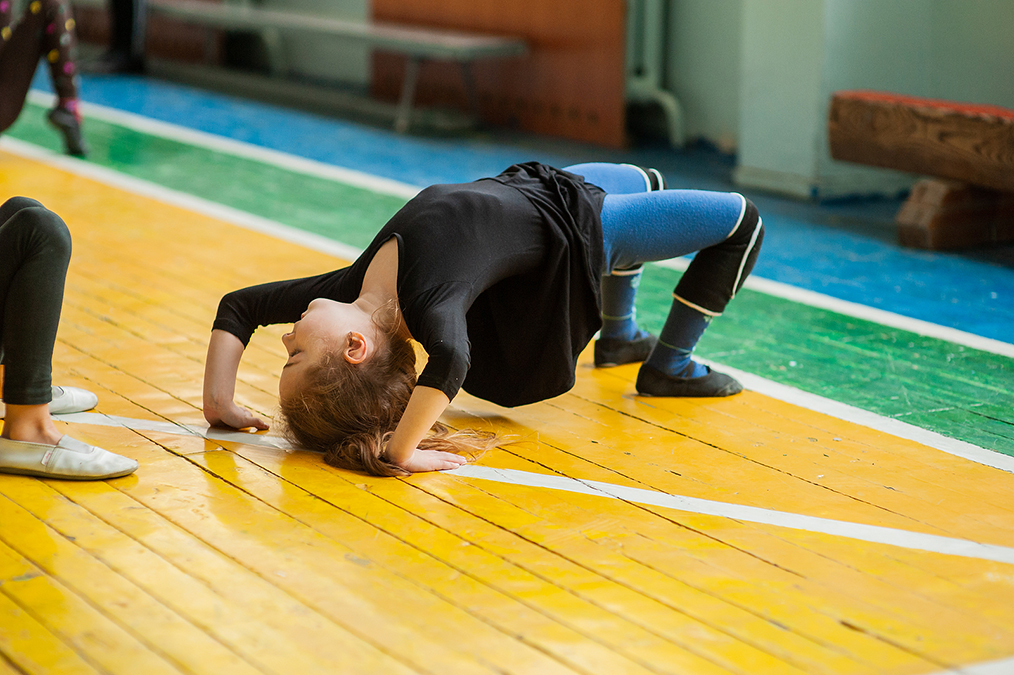 It’s been known for a long time that physical activity is good for building bone mass and fighting off osteoporosis.
It’s been known for a long time that physical activity is good for building bone mass and fighting off osteoporosis.
But what is the best physical activity for osteoporosis?
The answer to this question is revealed in a new study published in the journal Medicine & Science in Sports & Exercise.
During adolescence, the human body acquires 33–43% of the bone mass that it will have during adulthood. That’s why this period of life is the best time to promote bone mineral density if you want to have strong bones and prevent osteoporosis later on.
If you are already in your middle ages or older, this study is one that you should show your kids or grandkids.
Sports can play a huge role in building bone strength: research is especially positive about how weight-bearing sports can maximize bone strength.
But few or no studies exist comparing specific sports to see which works best. To address this research vacuum, a team of researchers led by São Paulo State University decided to compare 10 popular sport types based on their ability to promote bone strength during adolescence.
They recruited 625 adolescents ages 10 through 17 from sports clubs in São Paulo. These youth participated enthusiastically in one of 10 sports: soccer, basketball, volleyball, track and field, judo, karate, kung fu, gymnastics, baseball, and swimming.
The kids were required to participate in their sports for at least three hours per week and had been doing so for at least six months.
The researchers used dual-energy x-ray absorptiometry to measure the participants’ bone mineral density (BMD) and examine their soft tissues to assess their body composition in terms of lean versus fat soft tissue.
These were some of the most interesting findings:
- 1. The soccer players had the highest whole-body BMD, with gymnastics and track and field following it.
- 2. The swimmers had the lowest whole-body BMD and the lowest BMD of most bones, except in their upper limbs. The youth in baseball, kung fu, and basketball also had pretty low whole-body BMD.
- 3. Participants in baseball, kung fu, and basketball had higher lower-limb BMD than swimmers did, but it was still surprisingly low. Soccer players had the highest lower-limb BMD.
- 4. The judo participants had the highest spine BMD, with volleyball and soccer not far behind.
- 5. The gymnasts had the highest upper-limb BMD, followed by judo and baseball participants. Basketball players had the lowest upper-limb BMD, with swimmers and kung fu and karate practitioners being similarly unimpressive.
- 6. The baseball players had the highest fat mass, while the gymnasts had the lowest.
All this means that swimming, basketball, and kung fu are not good sports for building bone strength, though they are good sports for other purposes.
Another lesson is that you can mix a high upper-body BMD sport with a high lower-body BMD sport to build whole body strength. Some good combinations are gymnastics with volleyball, and judo or baseball with soccer.

 Overcoming IBD
Overcoming IBD Multiple Sclerosis
Multiple Sclerosis Banishing Bronchitis
Banishing Bronchitis Gum Disease Gone
Gum Disease Gone Overcoming Onychomycosis
Overcoming Onychomycosis Neuropathy No More
Neuropathy No More The Prostate Protocol
The Prostate Protocol Brain Booster
Brain Booster
 Ironbound
Ironbound
 Solution for Shingles
Solution for Shingles
 The Bone Density Solution
The Bone Density Solution
 The Ultimate Healing Protocol
The Ultimate Healing Protocol
 The Parkinson's Protocol
The Parkinson's Protocol
 The Chronic Kidney Disease Solution
The Chronic Kidney Disease Solution
 Overthrowing Anxiety
Overthrowing Anxiety The Fatty Liver Solution
The Fatty Liver Solution The Hypothyroidism Solution
The Hypothyroidism Solution
 The End of Gout
The End of Gout The Blood Pressure Program
The Blood Pressure Program
 The Oxigized Cholesterol Strategy
The Oxigized Cholesterol Strategy
 Stop Snoring And Sleep Apnea Program
Stop Snoring And Sleep Apnea Program
 The Arthritis Strategy
The Arthritis Strategy The Vertigo & Dizziness Program
The Vertigo & Dizziness Program The 3-Step Diabetes Strategy
The 3-Step Diabetes Strategy Hemorrhoids Healing Protocol
Hemorrhoids Healing Protocol The Erectile Dysfunction Master
The Erectile Dysfunction Master Weight Loss Breeze
Weight Loss Breeze The IBS Program
The IBS Program The Insomnia Program
The Insomnia Program The Migraine and Headache Program
The Migraine and Headache Program The Neck Pain Solution
The Neck Pain Solution The Menopause Solution
The Menopause Solution The Ejaculation Master
The Ejaculation Master The TMJ Solution
The TMJ Solution The Acid Reflux Solution
The Acid Reflux Solution The Fibromyalgia Solution
The Fibromyalgia Solution The Psoriasis Strategy
The Psoriasis Strategy